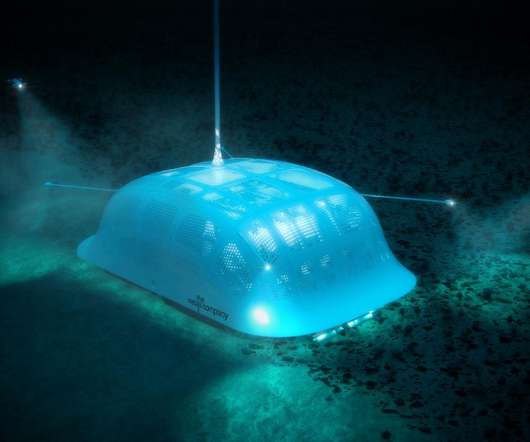Low-lying and other vulnerable countries calling for fast action on non-CO2 global warming pollutants
Green Car Congress
NOVEMBER 29, 2010
Led by the tiny Pacific island of the Federated States of Micronesia, a growing group of low-lying islands and other vulnerable countries are calling for fast action on the approximately 50% of global warming that is caused by pollutants other than carbon dioxide (CO 2 ). million lives lost each year due to black carbon soot.












Let's personalize your content